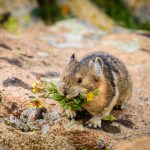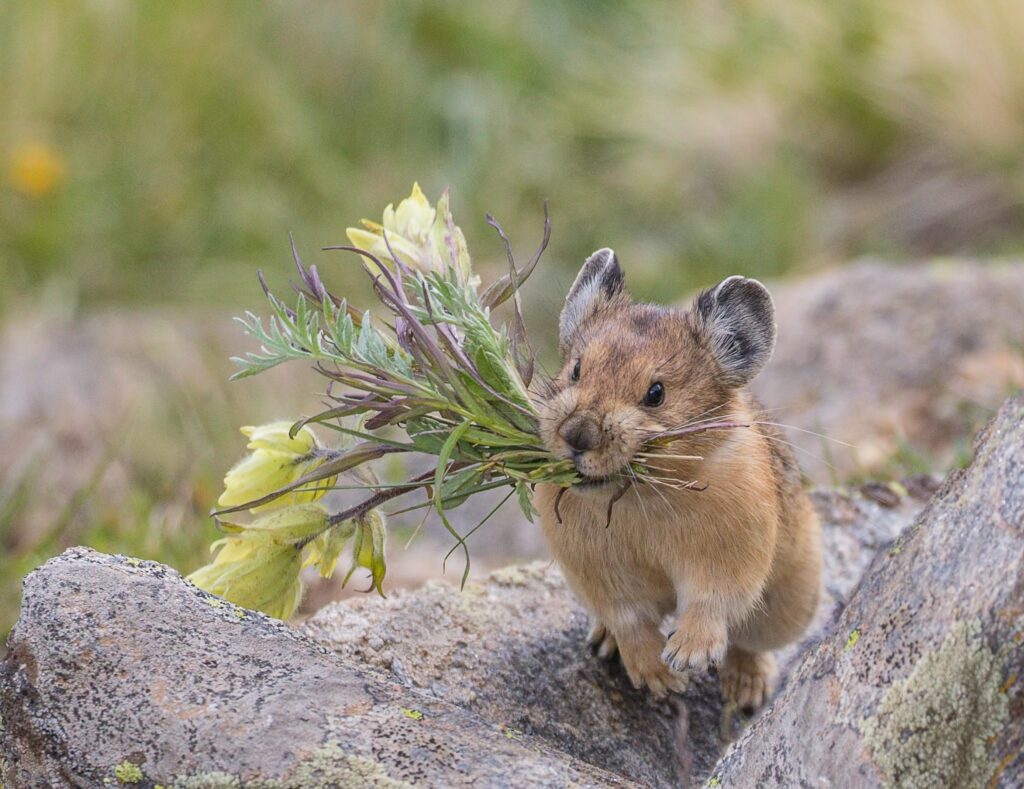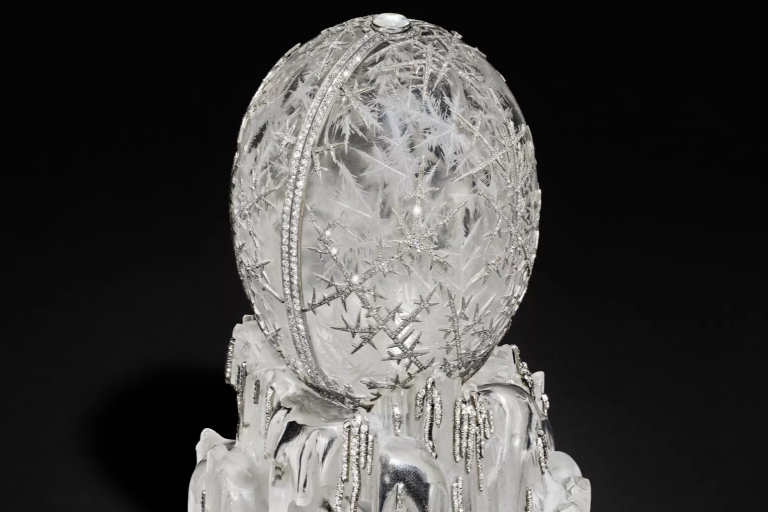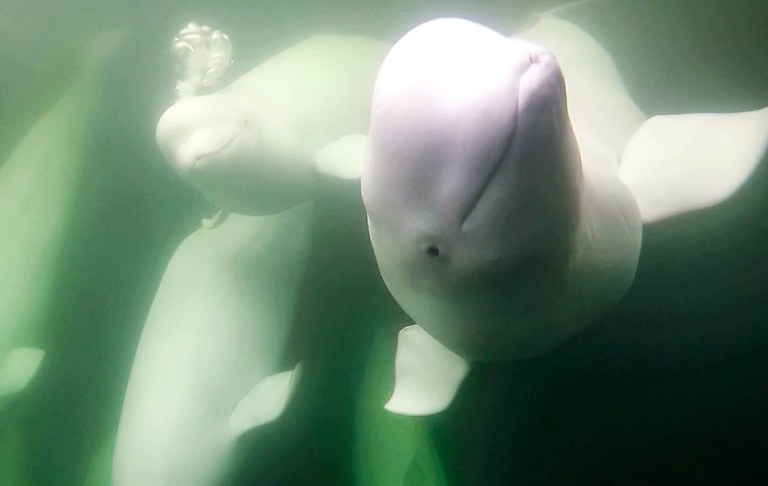For humans, a bouquet may be a gesture of appreciation meant for a loved one, but for American pikas, bunches of flowers are a means of survival. Native to North America, these pint-sized herbivores live off a diet of weeds, wild grasses, tall wildflowers, and other plants, so as the colder months approach, they have to get resourceful.
Measuring up to 8 inches in length, pikas collect these plants during the summertime to form large “haystacks” that they store in their rocky, mountainside dens. Since they don’t hibernate, these haystacks are their food reserves to last through the winter — and the process of picking the plants can be time-consuming work. As explained in the Canadian docuseries The Nature of Things, a pika can make up to 200 trips a day between their nest and the meadow where they collect wildflowers.
View this post on Instagram
In addition to wildflowers, pikas will also collect poisonous plants. Storing these poisonous plants in their haystacks will help prevent mold from forming in them; throughout the winter, the toxins will decay, making them edible to the pikas. By the end of summer, these haystacks can weigh upward of 60 pounds, according to Grand Teton National Park.
Pikas also take extra steps to make sure their food will last through winter. “A pika will collect a pile of extra wildflowers and grasses and lay them out in the sun. The sun’s heat dries the plants so they don’t get moldy,” the National Wildlife Federation explains. “The plants are stored in the pika’s den until winter.”

Pikas typically live in “very inhospitable environments,” per NWF. To help protect themselves and others from natural predators like hawks, they live in colonies and have a distinctive warning call that’s sent out. This “bark” can be likened to “the sound of squeaky toys,” per the National Park Service. .
While pikas do defend each other in colonies, they’re equally territorial over their own dens and “give off territorial calls to define the boundaries between each pika neighbor.” While they individually build haystacks for wintertime, they’re not above sneakily snagging resources from their fellow neighbors: Crafty pikas will sometimes swipe wildflowers and other plants from fellow pikas’ haystacks, especially if they’re unguarded.
Though small in size, the American pika is a big indicator of a mountain ecosystem’s overall health, so the species’ survival is vital. Unfortunately, with higher temperatures due to climate change, the hamster-sized animals — which can perish if exposed temperatures at 79 degrees Fahrenheit or above — have disappeared from over one-third of their previously known habitat in Oregon and Nevada, per NWF. And a 2016 study from the National Park Service made an ominous prediction that pikas may go extinct at several national parks by the year 2100. However, they’re likely to continue to survive in the cold and wet conditions of Wyoming’s Grand Teton National Park.
To help boost the species, NPS is actively working to protect pikas, including from humans who also love gathering wildflowers. In an August Instagram post, Cedar Breaks National Monument reminded visitors that “all plants in the park are protected. Remember, it is illegal to pick any wildflowers inside Cedar Breaks National Monument. You can help leave no trace by taking only photographs and leaving only footprints.”

By leaving their habitats untouched, we can each help pikas thrive, one wildflower at a time.
RELATED: For Certain Small Animals, Time Flies Faster: Here’s Why












